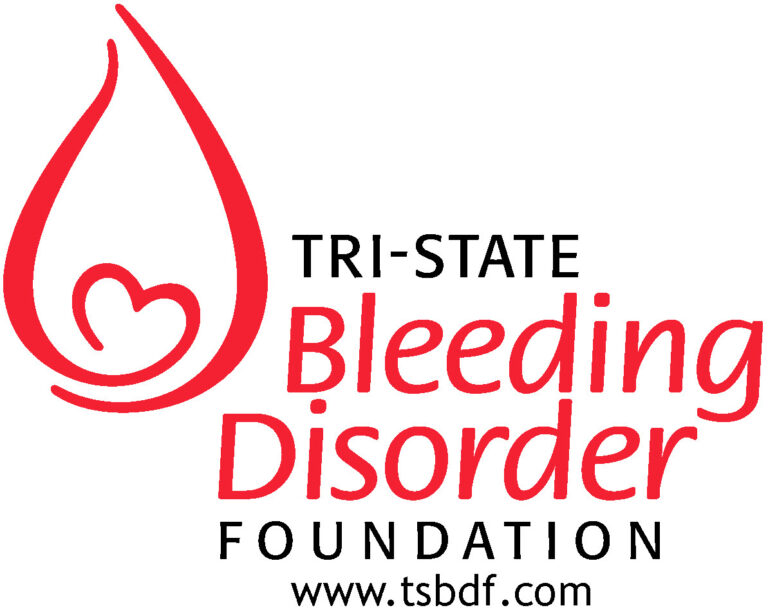Overview
Hemophilia A is the most common type of hemophilia. It is also known as factor VIII deficiency or classic hemophilia. It is largely an inherited disorder in which one of the proteins needed to form blood clots is missing or reduced. In about 30% of cases, there is no family history of the disorder and the condition is the result of a spontaneous gene mutation.
Approximately one in 5,000 males born in the United States has hemophilia. All races and economic groups are affected equally.
When a person with hemophilia is injured, he does not bleed harder or faster than a person without hemophilia, he bleeds longer. Small cuts or surface bruises are usually not a problem, but more traumatic injuries may result in serious problems and potential disability (called “bleeding episodes”).
Normal Levels
Normal plasma levels of FVIII range from 50% to 150%. There are different levels of hemophilia: mild, moderate, and severe, depending on the amount of clotting factor in the blood:
People with mild hemophilia have 5% up to 50% of the normal clotting factor in their blood. Most patients usually have problems with bleeding only after serious injury, trauma or surgery. In many cases, mild hemophilia is not diagnosed until an injury, surgery or tooth extraction results in prolonged bleeding. The first episode may not occur until adulthood. Women with mild hemophilia often experience menorrhagia, heavy menstrual periods, and can hemorrhage after childbirth.
People with moderate hemophilia about, 15% of the hemophilia population, have 1% up to 5% of the normal clotting factor in their blood. They tend to have bleeding episodes after injuries and some without obvious cause. These are called spontaneous bleeding episodes.
People with severe hemophilia about 60% of the hemophilia population, have <1% of the normal clotting factor in their blood. They have bleeding following an injury and may have frequent spontaneous bleeding episodes, often into their joints and muscles.
Genetics
Everyone inherits two sex chromosomes, X and Y, from his or her parents. A female inherits one X chromosome from her mother and one X chromosome from her father (XX). A male inherits one X chromosome from his mother and one Y chromosome from his father (XY). The gene that causes hemophilia is located on the X chromosome.
A woman who gives birth to a child with hemophilia often has other male relatives who also have hemophilia. Sometimes, a baby will be born with hemophilia when there is no known family history. This means either that the gene has been “hidden” (that is, passed down through several generations of female carriers without affecting any male members of the family) or the change in the X chromosome is new (a “spontaneous mutation”).
There are four possible outcomes for the baby of a woman who is a carrier. These four possibilities are repeated for each and every pregnancy:
1. A girl who is not a carrier
2. A girl who is a carrier
3. A boy without hemophilia
4. A boy with hemophilia
With each pregnancy, a woman who is a carrier has a 25% chance of having a son with hemophilia. Since the father’s X chromosome determines the baby will be a girl, all the daughters of a man with hemophilia will be carriers. None of his sons, which is determined by the father through his Y chromosome, will have hemophilia.
Genetic counseling is available at most HTCs. These professionals have information to help you make family planning decisions.
Bleeding Disorder Treatment
In general, small cuts and scrapes are treated with regular first-aid: clean the cut, then apply pressure and a band-aid. Individuals with mild hemophilia can use a non-blood product called desmopressin acetate (DDAVP) to treat small bleeds. Deep cuts or internal bleeding, such as bleeding into the joints or muscles, require more complex treatment. The clotting factor missing (VIII or IX) must be replaced so the child can form a clot to stop the bleeding.
Some factor products are made from human blood products such as donated plasma. Others, called “recombinant factor,” are made in a laboratory and do not use human blood products. The Medical and Scientific Advisory Council of the National Hemophilia Foundation encourages the use of recombinant clotting factor products because they are safer. Your doctor or your HTC will help you decide which is right for you. All factor treatments are injected or infused directly into the veins.
In cases of severe hemophilia, doctors sometimes recommend giving a regimen of regular factor replacement treatments (a therapy called prophylaxis) to prevent bleeding episodes before they happen. The Medical and Scientific Advisory Council of the National Hemophilia Foundation recommends prophylaxis as optimal therapy for children with severe hemophilia A and B.
Notify your doctor or HTC if your child does not respond to the usual dose of factor. In rare instances, people can develop an inhibitor, to standard factor treatment. In the event this occurs, your doctor or HTC will work with you to develop a special plan of care.
The above information is courtesy of the National Hemophilia Foundation.
